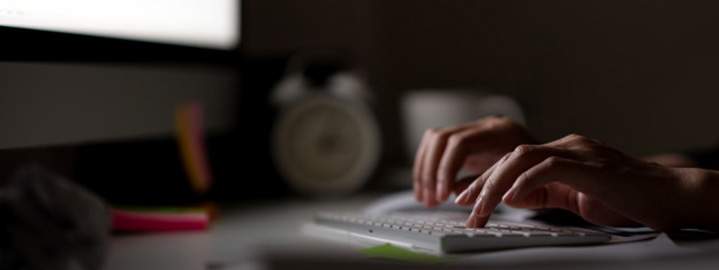
January 24 , 2022

Blood oxygen monitors or oximeters have suddenly become a common name in every household. For an average household, the oximeter is not necessary unless there are patients with breaking issues like asthma, chronic obstructive pulmonary disease (COPD), and other lung diseases. However, oximeters have become necessary for every household ever since the corona virus pandemic hit the world. The COVID-19 virus enters the body through the respiratory system and causes an infection in the patient’s lungs via inflammation. Thus inflammation impacts the oxygen saturation in the bloodstream. Any person can face this oxygen impairment even if he doesn’t have any other symptoms.
This is the reason why an oximeter helps to detect COVID 19 early. However, not every patient develops low oxygen levels. Hence, you should not count it as the only test to know if you are infected or not, formal lab testing is always a must. So an oximeter is not a mainstay for your homes, but it’s safe to include it in your medical kit like thermometers. Here are the few essential factors that you need to keep in mind before you buy a pulse oximeter.
As we all know there are several types of products available in the market, understanding their significance and usage is a must before you proceed to buy one for your home.
Types of oximeter
The first and foremost thing to determine is the type of oximeter you need for your domestic use. There are three categories of oximeter- fingertip pulse oximeter, handheld oximeter and fetal pulse oximeter.
The finger pulse oximeter is the best fit for domestic purposes. The other two cost higher and are preferable for hospitals and clinics.
Price and features
Finger pulse oximeter costs in the range of Rs. 1000 to Rs. 5000, it’s unnecessary to opt for a costly one as its main job is to read blood oxygen levels. So it doesn’t matter how much the device’s price is as long as it gives accurate readings. You should look for the features like display, material, water resistance and whether they provide heart rate readings in the same oximeter price.
Accuracy
Accuracy is the most crucial factor to be considered while buying such equipment; however, there is no way to check accuracy at the time of purchase, but the best way is to look for the certifications and reviews before buying. The same applies to buying pulse oximeters, as their readings hint at the current state of your health. An incorrect oximeter reading can turn out to be very serious for you.
Check for certifications
Don’t forget to check for certifications to ensure the quality of the oximeter. Few organisations certify the standards and accuracy of the device.
Bottom line
It’s fair to say that the global coronavirus pandemic has changed the way people buy items. There is a shortage of toilet paper, wipes, and an increase in masks, thermal guns, and pulse oximeters too. Pulse oximetry has revolutionised the ability to monitor oxygen levels in the blood non-invasive fashion continuously.
Since the early days of the COVID 19 pandemic, doctors have been aware of a group of patients who develop happy hypoxia. They don’t show other COVID 19 symptoms like cough, fever or sore throat but have deficient oxygen levels. All these phenomena are hard to detect without proper monitoring. Besides, it is hazardous too, as such patients with low oxygen levels can rapidly deteriorate and need urgent access to equipment that can support their breathing.
At certain times, when measurements are repeatedly taken over a specific period, finger pulse oximeters help to alert the patient regarding a decline in their levels before the appearance of any other symptoms. It’s essential to check out all the features mentioned above before buying them to get the best in the market.